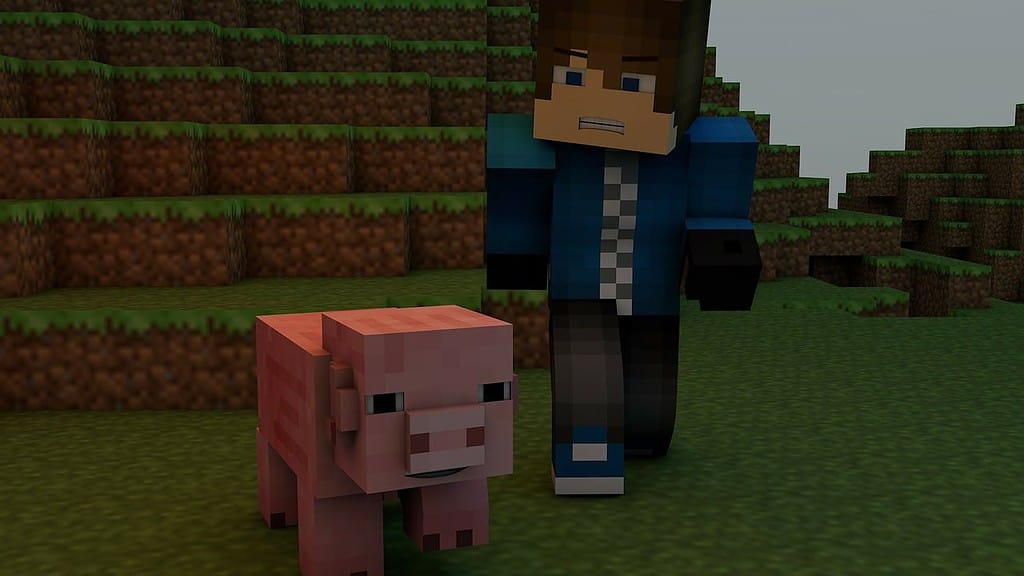
In the fast-paced virtual world of video games, players are often engrossed in battling dragons, flying spaceships, and completing daring quests. However, beyond the thrilling action and adventurous gameplay lies a hidden realm of economic decision-making.
Over the years, researchers have discovered that video games offer valuable insights into how individuals perceive and manage financial systems. From in-game currencies to the power of social influence, the parallels between virtual economies and real-world financial choices have captivated the interest of scholars and players alike.
Virtual Bank Runs: When Gaming Meets Real-World Consequences
One notable event that brought virtual economics into the limelight occurred in 2009 in the game “Eve Online.” Players experienced a virtual bank run, similar to real-life scenarios witnessed during financial crises.
EBank, a player-created financial institution within the game, faced a run on its virtual currency known as ISKs. The virtual bank’s instability was triggered by an embezzling CEO and a pile of bad loans. Sounds familiar? Surprisingly, this in-game financial chaos had real-life consequences as some players lost actual money — and pretty significant sums. This unexpected turn of events highlighted the intriguing relationship between virtual economies and their real-world impact.
Many games incorporate economic elements that influence players’ experiences beyond mere combat and adventure. These games often require players to manage portfolios, gather resources, and make crucial financial decisions to progress to higher levels. To ensure a seamless gaming experience, companies like the creators of “Eve Online” even hire economists who carefully balance the in-game economy.
In the game “Destiny 2,” players encounter in-game currency called “glimmer.” This prompts them to evaluate the value of glimmer and calculate the effort required to acquire it. Such decisions reflect real-world economic behaviors, where individuals assess the worth of money and the effort needed to earn it.
Economy and Gameplay: The Seamless Integration in Virtual Worlds
Taking the study of virtual economies further, researchers like Dmitri Williams at the Annenberg School of the University of Southern California have embraced video games as unique laboratories to explore real-world behavior. Certain games, like “EverQuest II,” have remarkably mirrored real-life financial crises before they even occurred. This similarity demonstrates how players react to in-game economic challenges similarly to how individuals respond to real-world financial crises. The alignment of incentives in virtual and real economies adds weight to the significance of video games as economic research tools.
“They match really well,” Williams told Market Place. “When people have the same incentives, people feel about their in-game money the way they feel about real-world money.”
In fact, in an increasing number of video games, the line between virtual and real money is increasingly blurry. In some very competitive games with robust in-game economies, such as “Escape from Tarkov” and “Skyrim”, players often exchange real dollars for in-game currencies to get ahead.
Then there’s boosting, which refers to the practice of enlisting the services of more skilled players or experienced gamers to enhance one’s performance and progress in a video game. It has become increasingly popular, particularly in competitive multiplayer games, where players seek to climb rankings, unlock rewards, or complete challenging objectives. Boosting services are usually offered by skilled players who charge a fee to play on behalf of the client or join their team to achieve specific goals.
However, not all games prove useful for scholars in studying economics. Some games, like “World of Warcraft,” have been found to display irrational behavior by allowing players to spread virtual plagues for amusement. Such behavior does not parallel rational economic choices found in real life. Therefore, researchers exercise caution in selecting games that accurately mirror real-world economic decision-making.
Social Influence and Economic Decisions
Social connections and relationships have long been known to influence real-world purchasing decisions. Surprisingly, video games also provide insights into this aspect of human behavior. For instance, “World of Tanks” offers researchers a unique opportunity to examine how players’ choices impact their friends’ decisions. By studying these interactions, researchers can identify influential individuals within the gaming community, shedding light on the role of social influence in economic choices.

Amidst the notoriety of toxic player behavior in some games, others like “Roblox” and “Minecraft” foster a more cooperative and friendly atmosphere. In these games, players often collaborate and create content for others to enjoy. These instances reveal a contrasting dimension of human behavior, emphasizing helpfulness and camaraderie, rather than competitiveness and antagonism. This duality of behaviors observed in video games adds depth to researchers’ understanding of economic decisions influenced by social contexts.
In addition to academic research, video games also serve as practical learning tools for economics. Researchers note that many students today, particularly the younger generation, learn about the financial system through gaming more than any other source. Some students even generate income for their tuition by streaming themselves and playing video games. The interactive nature of games enables young individuals to grasp real-world economic concepts in a dynamic and engaging manner.
As the gaming industry continues to evolve, these virtual realms will remain a compelling frontier for exploring the intricate relationship between economics and human behavior. So, the next time you immerse yourself in a virtual adventure, remember that the decisions you make may teach you more about real-life economics than you ever imagined.






